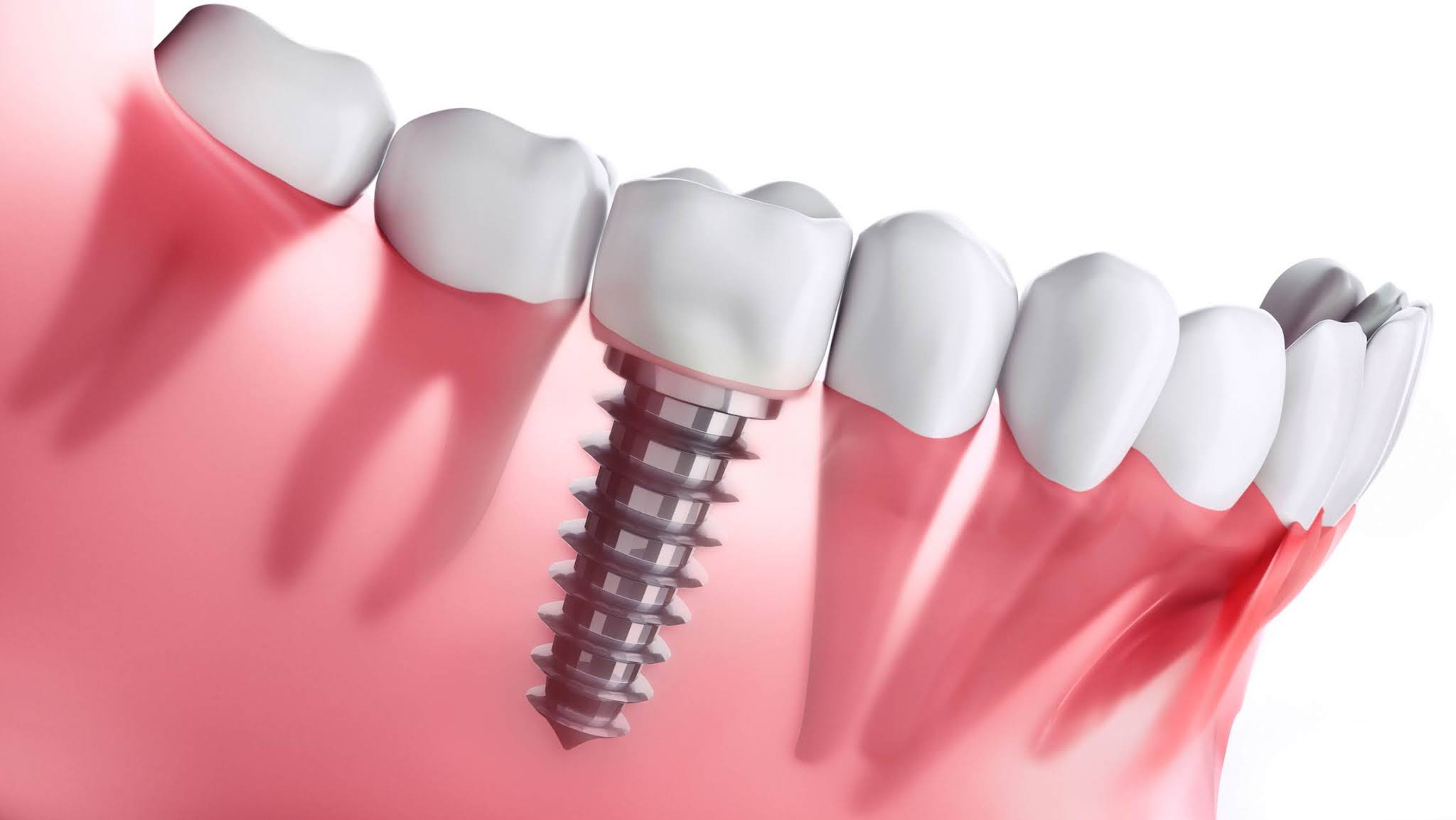Replenishing Oral Health with Dental Implants
Nearly one-third of the population suffers from tooth loss. Missing dentin is detrimental to their oral health and quality of life, as it imposes various functional and aesthetic concerns. Hence, timely intervention is necessary to prevent any long-term damages. Dental implants are titanium devices that dentists use to replace a lost tooth. It contains a screw-like mechanism that fits firmly in a jawbone and prosthetic crowns emulating natural features. Individuals of all groups are qualified for this treatment irrespective of their condition or damage.
Involved steps
At first, patients must consult with dentists or qualified surgeons for this procedure. Practitioners utilize various diagnostic techniques like x-rays and digital scans to review a jaw and its underlying bone structure. In most late cases, the entire structure would have deteriorated; thus, making replacements nearly impractical. However, such individuals can get grafting surgery to rehabilitate healthy bone growth.
Once the initial steps are finished, dentists use handheld drills to create access points on gums. This opening is where they place titanium root fixtures and seal it permanently. Then, they administer healing for several months. On the next appointments, practitioners reopen the sealed wound to fix the abutment. This screw-like mechanism connects all subsequent parts in place.
Lastly, they send their initial reports to a lab for fabricating prosthetic crowns. Since technicians design them using mold impressions, these poetics arrive as an accurate replacement of a lost tooth. Patients can also choose from a variety of materials, including silver, aluminum, metal alloys, and ceramic poetics.
As the last step in this procedure, surgeons connect the arrived crowns on top of abutments. These arrivals merge properly with other adjacent teeth making for a more natural look without any complications. Aside from functional improvements, dental implants offer some level of aesthetically enhancement as well.
Post-treatment care
Similar to dentition, implants also need proper care and maintenance. Regular brushing prevents bacterial plaques from accumulating in its metal parts. It also significantly decreases any risks of gum diseases resulting from cavities.
There are special toothbrushes available for replacement fixtures that people can purchase for their daily routines. Additionally, flossing and mouth rinses are helpful in removing any residue or debris.
Lastly, routine checkups with dentists are needed to monitor this treatment’s progress. Practitioners examine any abnormalities and gums’ reaction to titanium materials. With continual care, people can maintain their improved smile for a long time.




Comments
Post a Comment